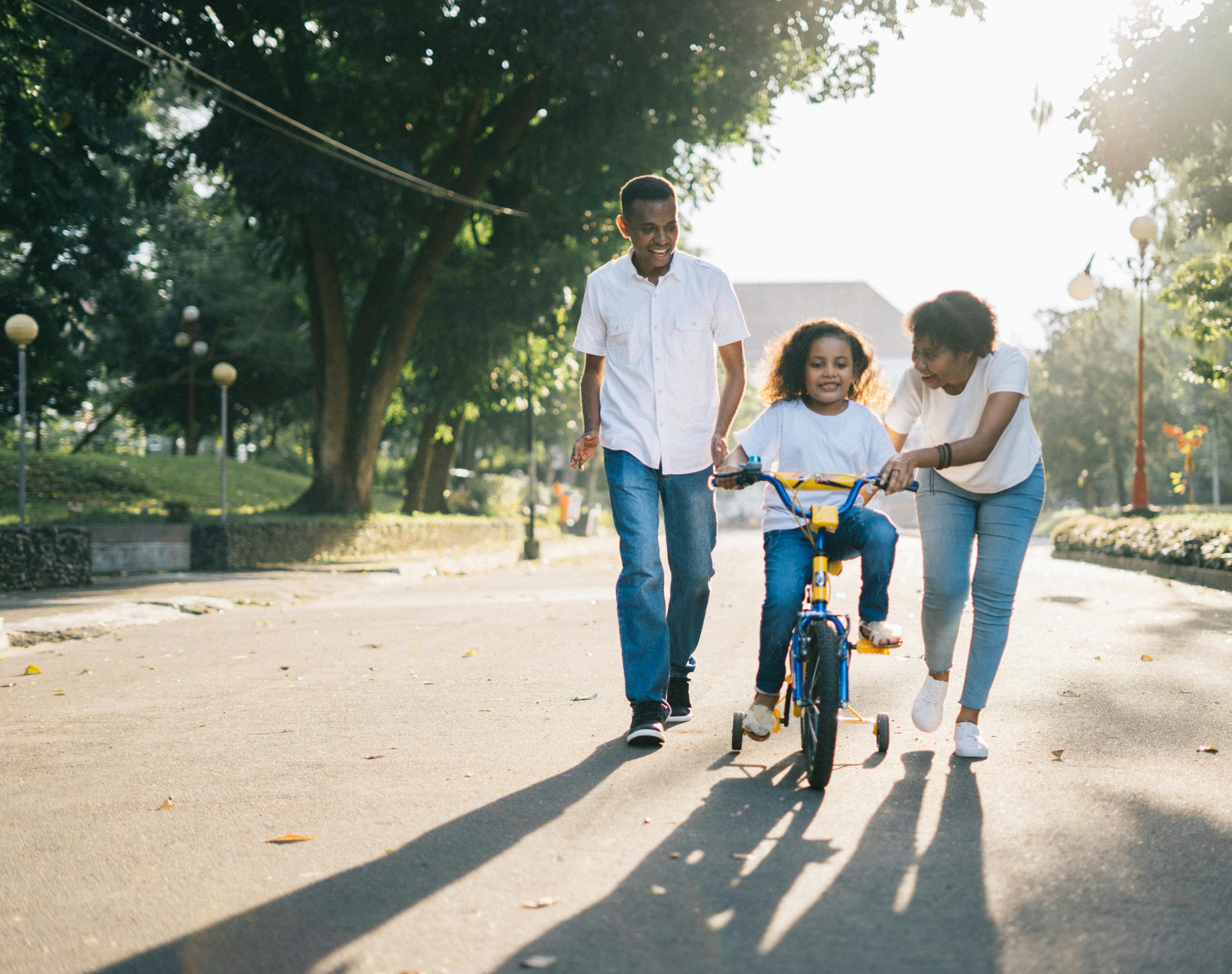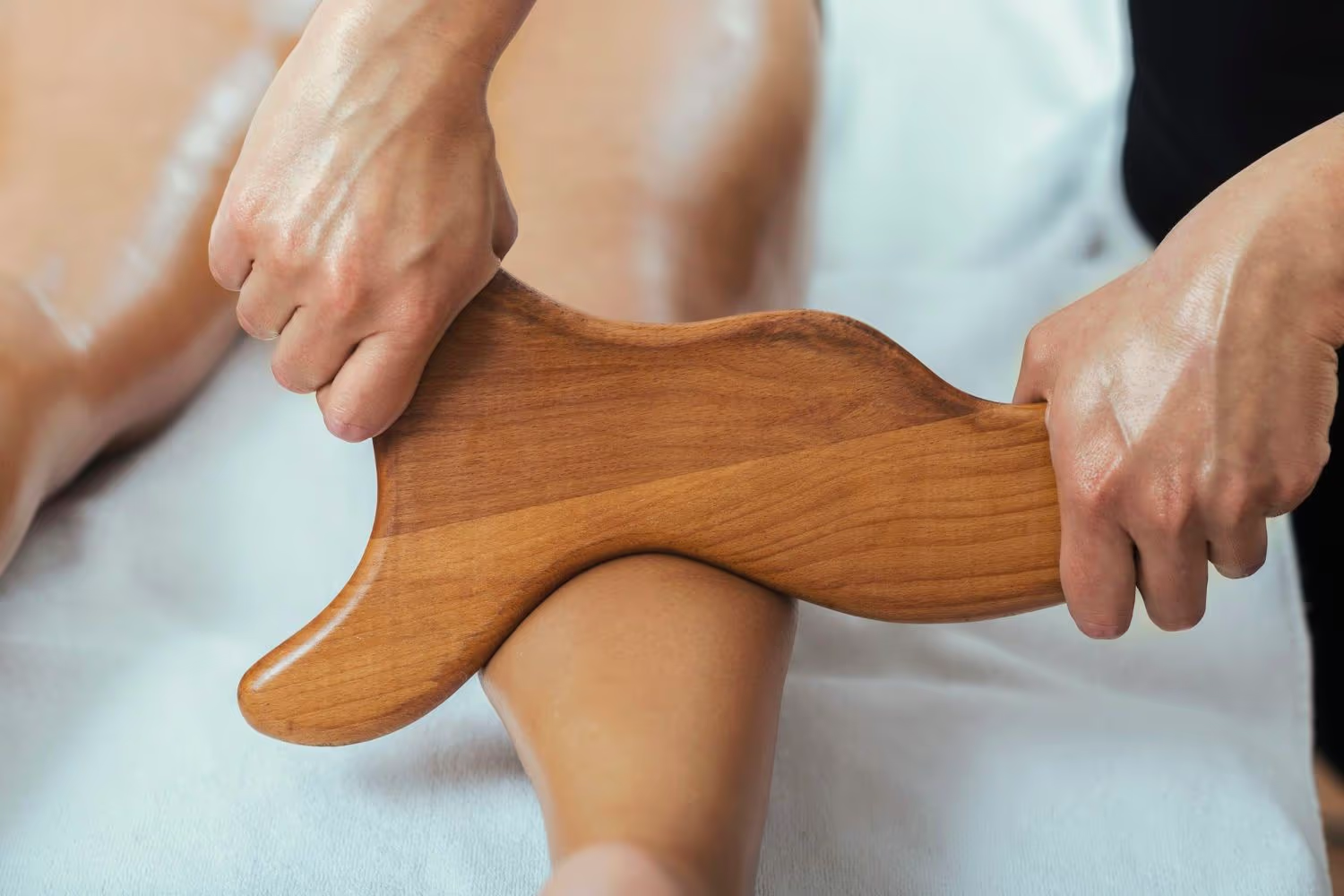In today’s fast-paced world, finding peace and balance often starts at home. Many people are turning to the Minimalist lifestyle as a way to simplify their surroundings and create space for what truly matters. A minimalist approach goes beyond simply decluttering—it’s about intentionally choosing what adds value to your life and letting go of everything that doesn’t. This article will guide you through practical, achievable steps to help you transform your home into a calm, clutter-free haven that nurtures both your mind and spirit.
Understanding the Minimalist Lifestyle
Minimalism is not about living with nothing—it’s about living with purpose. The goal is to remove distractions so you can focus on what truly matters, whether that’s relationships, health, creativity, or peace of mind. When you embrace minimalism, you begin to understand that fewer possessions can lead to greater clarity, freedom, and happiness.
The Core Principles of Minimalism
At its heart, minimalism revolves around intentionality. It encourages you to:
- Prioritize quality over quantity: Choose items that serve a clear function or bring genuine joy.
- Reduce physical and mental clutter: A tidy space supports a calm mind.
- Live with gratitude: Appreciating what you already have fosters contentment and balance.
Why Minimalism Matters for Your Home
Our homes are reflections of our inner state. A cluttered environment can increase stress and make it difficult to relax or focus. Adopting a minimalist approach helps you create open, breathable spaces where energy flows freely and calm prevails.
Decluttering: The First Step to a Minimalist Home
One of the most important steps in achieving a minimalist home is decluttering. Start small—one drawer, one shelf, or one room at a time—and work systematically through your space.
The “Keep, Donate, or Discard” Method
Go through each item and ask yourself:
- Do I use this regularly?
- Does it bring me joy or serve a purpose?
- Would I buy it again today?
Items that fail these questions should be donated or discarded responsibly.
Minimalism and Emotional Attachments
Letting go of sentimental items can be challenging, but minimalism teaches us that memories live within us, not within objects. Keep only those pieces that truly represent meaningful experiences, and find creative ways to preserve memories—like digital photo albums or handwritten journals.
Simplifying Each Room in Your Home
Every room can benefit from a minimalist touch. Here’s how to bring simplicity and serenity to your entire living space.
Living Room: Create Space for Living
Your living room should be a place of comfort and calm.
- Choose furniture that’s both functional and elegant.
- Keep decorations simple—one or two statement pieces instead of cluttered shelves.
- Allow natural light to fill the space, and use neutral tones to enhance tranquility.
A minimalist living room invites relaxation and meaningful connection rather than distraction.
Kitchen: Streamline for Function and Flow
The kitchen often becomes a hotspot for clutter, but minimalism can make it more efficient.
- Keep countertops clear except for essentials.
- Organize drawers and cabinets by category to save time.
- Choose durable, multipurpose tools instead of single-use gadgets.
A minimalist kitchen not only looks cleaner but also makes cooking and cleaning faster and more enjoyable.
Bedroom: Your Sanctuary of Rest
The bedroom should promote peace and quality sleep.
- Limit décor to what soothes you—perhaps one piece of art or a plant.
- Use soft, natural fabrics for bedding and curtains.
- Keep nightstands clutter-free with only a lamp, book, or essential item.
A minimalist bedroom nurtures better rest and helps you wake up feeling refreshed and centered.
Bathroom: Simplicity Meets Serenity
A minimalist bathroom can feel like a personal spa.
- Store toiletries neatly in baskets or drawers.
- Keep only daily-use items visible.
- Use calming colors such as white, beige, or soft gray to promote a clean, peaceful atmosphere.
Simplicity in your bathroom helps create a soothing daily routine.
Adopting Minimalist Habits for Long-Term Success
Maintaining a minimalist home isn’t a one-time event—it’s a lifestyle that requires ongoing mindfulness.
Practice the “One In, One Out” Rule
Every time you bring something new into your home, remove one existing item. This keeps clutter under control and helps you make more intentional purchasing decisions.
Buy with Purpose
Before making a purchase, ask yourself if it truly adds value to your life. Avoid impulse buys and focus on investing in high-quality, durable items that last.
Schedule Regular Decluttering Sessions
Set aside time every few months to reassess your space. Over time, your needs and preferences may change—so should your possessions.
Minimalism Beyond Possessions
While a clean home is a big part of the Minimalist lifestyle, true minimalism also extends to your daily habits, time, and mindset.
Digital Decluttering
Digital clutter can be just as draining as physical mess. Simplify your digital space by:
- Deleting unused apps and files.
- Organizing your inbox and unsubscribing from unnecessary emails.
- Setting screen-time limits to reduce distractions and improve focus.
Simplifying Your Schedule
Minimalism encourages you to value time as much as space.
- Learn to say “no” to commitments that don’t align with your priorities.
- Focus on quality time with loved ones rather than a packed social calendar.
- Incorporate mindfulness practices such as meditation or journaling into your daily routine.
The Emotional and Mental Benefits of Minimalism
The Minimalist lifestyle isn’t just about what you own—it’s about how you feel. Living with less allows you to enjoy more of life’s intangible treasures: peace, presence, and fulfillment.
Reduced Stress and Anxiety
A tidy environment helps reduce overstimulation and creates a sense of control. You’ll spend less time searching for things and more time enjoying the calm that comes with order.
Enhanced Focus and Productivity
Minimalist spaces eliminate distractions, helping you focus on important tasks. Whether you’re working from home or pursuing a hobby, you’ll find your mind clearer and more creative.
More Time for What Truly Matters
With fewer possessions to manage, clean, or maintain, you gain more time for self-care, family, and experiences that enrich your life.
Designing Your Own Minimalist Journey
Every person’s minimalist path is unique. The key is to start where you are and move at your own pace. You don’t have to get rid of everything overnight—start with one drawer, one room, or one habit. The goal is progress, not perfection.
Personalize Your Minimalist Style
Minimalism doesn’t mean your home must be stark or empty. Add warmth through textures, plants, or personal touches that reflect your personality while keeping the overall look clean and uncluttered.
Stay Mindful and Grateful
Minimalism is as much about mindset as it is about décor. Practicing gratitude helps you appreciate the simplicity and beauty of your surroundings.
Conclusion: Finding Peace in Simplicity
Embracing the Minimalist lifestyle is about creating a home—and a life—filled with intention, peace, and purpose. By decluttering your physical and mental spaces, you open the door to balance, clarity, and true contentment. Start small, stay consistent, and let simplicity guide your way. The result will be a home that feels lighter, a mind that feels calmer, and a life that feels truly fulfilled.




